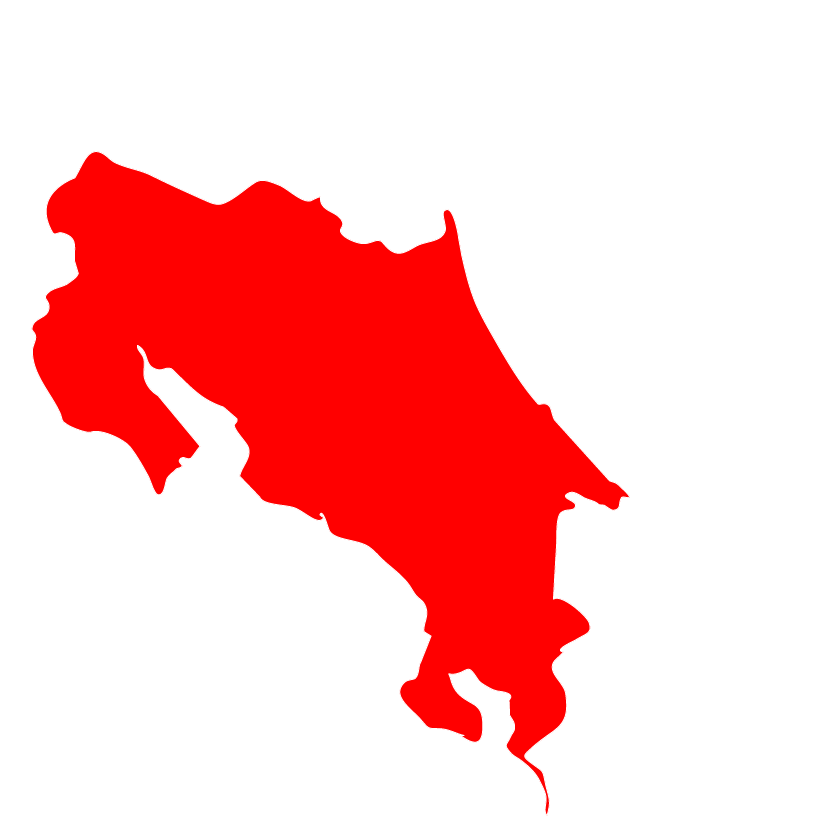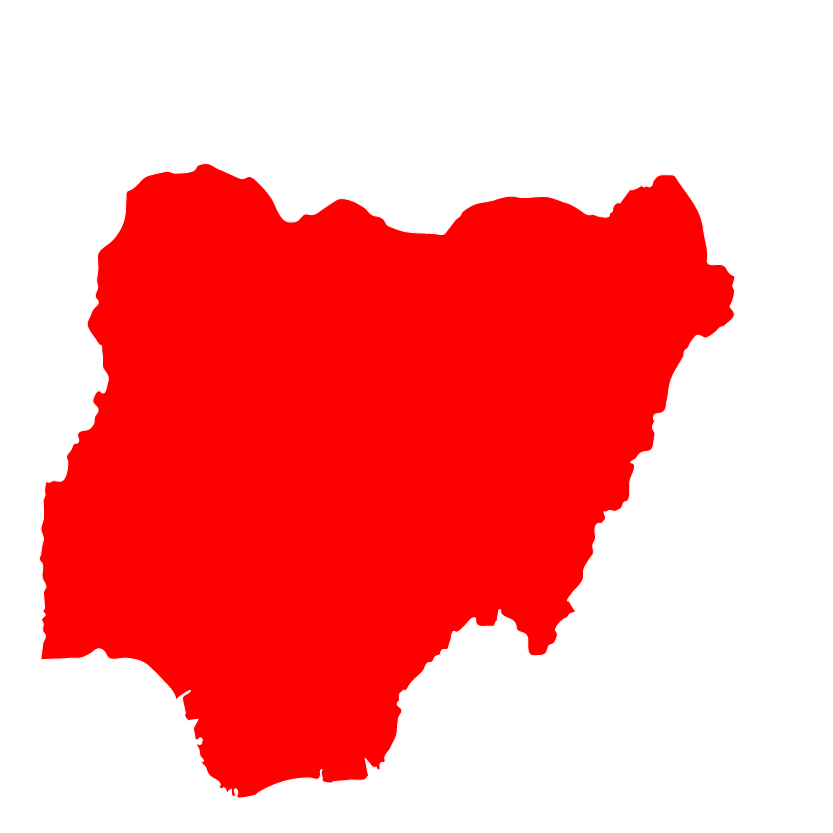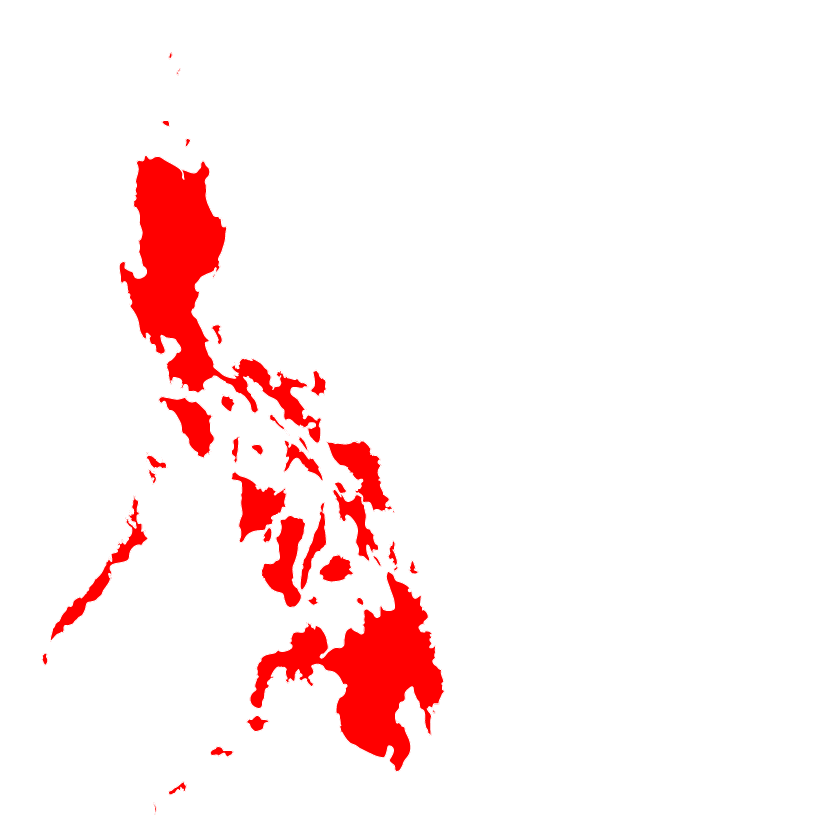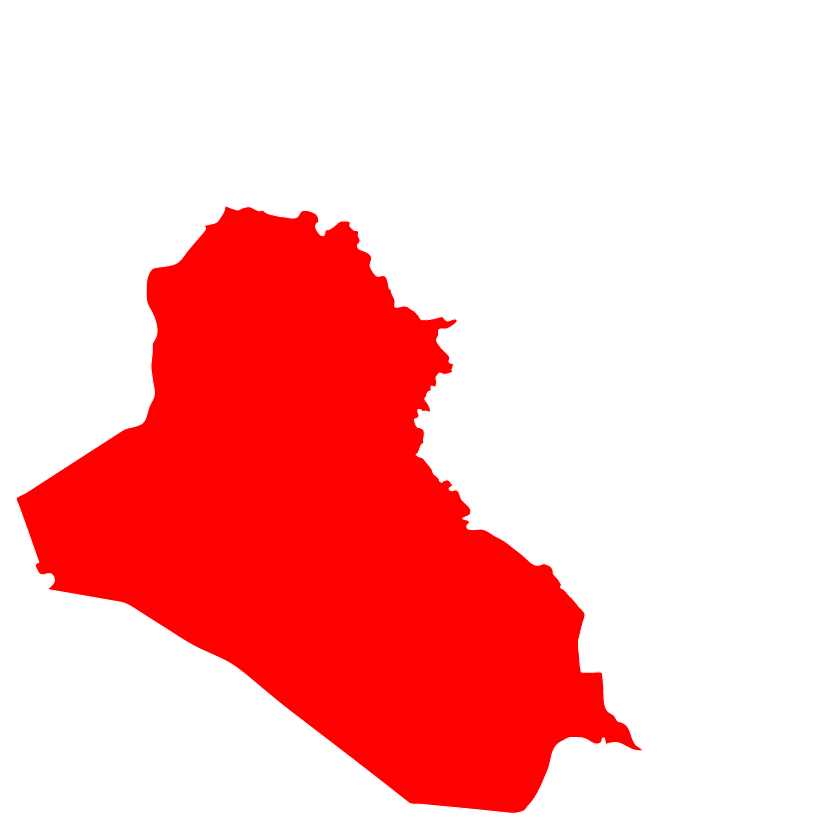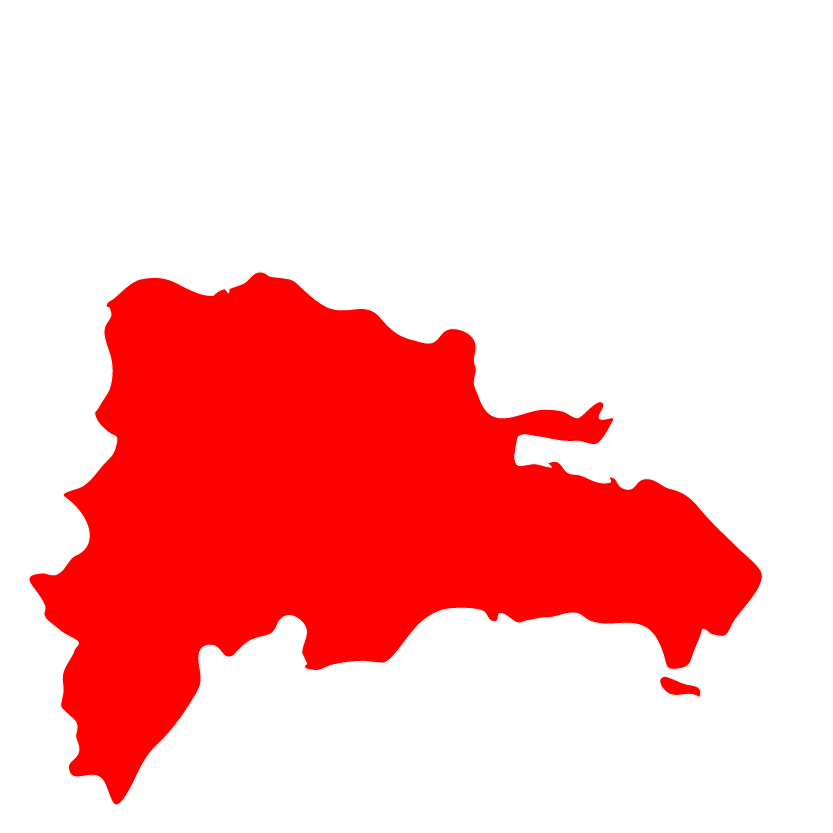Costa Rica and Nicaragua: Hurricane Otto

Hurricane Otto, category 2, hit the Nicaraguan and Costa Rican territory on Thursday, November 24, as the latest hurricane of the season with winds of 175 Kms Per hour from the Caribbean Sea. It is the first hurricane in 50 years to hit Costa Rica, where 9 deaths were reported but none in Nicaragua. In Nicaragua, 2,000 persons were evacuated in the Caribbean coast, and in San Carlos, Rio San Juan, near to the Costa Rican border. No significant damages had been reported in Nicaragua. In Costa Rica, more than 50,000 people have lost houses, livelihoods, and the crops. So far, 5,502 persons remain in 50 shelters. The most affected region are the central and northern regions. The country remains with red alert due the heavy rains in the western coasts leaving several communities isolated.
alerts_34_2016_hurricane_otto_in_costa_rica_and_nicaragua
Syria: Humanitarian Crisis

The Syrian crisis is an ongoing multifaceted armed conflict, since unrest began in March 2011. The severity of the humanitarian disaster has been outlined by the United Nations (UN) and many international organizations. The Syrian Centre for Policy Research (SCPR) has found that altogether 45% of the prewar population has been forced to move — including 6.36 million displaced within Syria and more than 4 million who have fled the country to Lebanon, Jordan,Iraq,Turkey, Egypt, and Kuwait. With new offenses planned on the city of Raqqa in 2017, these numbers could be set to increase.
ACT Alliance members have been responding directly to the Syria crisis through the Appeal mechanism since 2012 through SYR121, SYR131, SYR151 and SYR161. JSL Forum members are planning to submit a new response to the Syria crisis through SYR171 new appeal.
alerts_33_2016_syria-response

Kenya is currently experiencing drought due to the adverse effects of the weather phenomenon La Nina. This is evidenced by the country experiencing generally sunny and dry weather conditions in the months of June, July, August and September. Moreover, the forecast by the Kenya Meteorological Services for the October-November-December 2016 ‘Short Rains Season’ projects that most parts of the country will experience generally depressed rainfall with sunny and dry weather conditions prevailing. The onset is also expected to be late in most parts of the country.
Reports from the national government and stakeholders indicate 1.25 million people in Arid and Semi-Arid counties are facing starvation. In October 2016, The National Drought Management Authority (NDMA) declared Kilifi County to be at alarm drought phase while the following counties are in the alert phase: Tana River, Garissa, Taita Taveta, Narok, Meru (North), Mandera. Makueni, Lamu, Wajir, Marsabit, Kwale, and Kajiado. Turkana, Isiolo, Tharaka Nithi, Nyeri and Samburu counties have their drought status classified as normal though it is predicted that this situation will worsen in the coming months.
The ACT Kenya Forum through the following members; Anglican Church of Kenya, World Renew, Christian Aid, Diakonie Katastrophenhilfe, National Council of Churches of Kenya and Church World Service are planning to participate in the response and complement existing efforts through a joint ACT appeal.
alerts_11_2016_drought-in-kenya
Egypt: Floods in Upper region

On 25, 26 and 27 October 2016, heavy rainfall resulted in flooding of populated areas in Upper Egypt, primarily in Suhag with 2’600 people affected and the Red Sea Governorates with 3’000 people affected. 26 people have reportedly been killed and 72 injured due to torrential rain and flooding. The Ministry of Health said the death toll could rise as some families did not report deaths before burial. A warning was released about heavy rains across the country’s different regions to continue until about the sixth of November. The Red Sea and Suhag governorates experienced power cuts and disrupted road traffic on routes linking to cities in Upper Egypt. Schools have been closed in the area.
ACT member BLESS is looking to provide 5’250 affected people with essential kitchen supplies and bedding sets.
alerts_31_2016_flooding-upper-egypt
Nigeria: Humanitarian Crisis in North-East region

The impacts of the ongoing insurgency attacks by Boko Haram on both lives and properties in the North East states of Nigeria have left many in fear, displaced millions of people, while hundreds of thousands have lost their livelihoods and are facing serious starvation. Total number of food insecure people in Nigeria is 14.6 million; 7.3M of these are in Adamawa, Borno & Yobe where CA has operations – out of which 3 M are in urgent need of food assistance.
Over 2.5 M children are malnourished, 2.5 M internally displaced and only 30% of the total needs are currently met. The situation is escalating with the renewed government offensive against Boko Haram in the North East. This will lead to further displacements compounding an already dire humanitarian situation.
ACT Alliance through Christian Aid plans to scale up efforts in the three states of Adamawa, Borno and Gombe around Livelihood support through provision of agricultural inputs to support IDP returnees in host communities whilst still providing emergency relief in host communities in Borno where there is high need for food and livelihood, water, shelter and protection issues, aiming to reach about 50,000 households. In addition, Christian Aid plans to continue food and NFI distribution using cash based programming, while providing water and other WASH facilities to communities/IDPs in need.
alerts_11_2016_-humanitarian-crisis-in-ne-nigeria
Philippines: Typhoon Haima

Late Wednesday 19th October 2016, Super Typhoon Haima (also called Lawin) in the Philippines wrought havoc into the north-eastern Philippine coast with ferocious winds and rain that rekindled fears and memories from the catastrophe wrought by Typhoon Haiyan in 2013. Typhoon Haima, which has sustained winds of 225 km/h and gusts of up to 315 km/h, had its landfall in Penablanca town in Cagayan province shortly before midnight. Many villages lost power and intense winds tore roofs off houses.
On 20th October 2016 before dawn, Typhoon Haima was downgraded from a super typhoon into a typhoon. In its bulletin issued at 5 am on October 20, Philippine Atmospheric Geophysical and Astronomical Services Administration (PAGASA) reported that Typhoon Haima slightly weakened as it crossed Apayao, another province that was in the Tropical Cyclone Warning Signal (TCWS No.5). It now has maximum winds of up to 205 km/h and gustiness of up to 285 km/h. However, the state weather bureau, PAGASA, warned that it remains destructive. Based on the profile created by UNOCHA, 100km radius of the typhoon track covers 13 provinces (185 cities/municipalities).
Various transmission lines in Northern Luzon have been cut due to Typhoon Haima, affecting La Union, Isabela, Cagayan, Abra, Benguet, Mountain Province, Ilocos Norte, Ilocos Sur, Ifugao, Nueva Vizcaya and Quirino, according to the National Grid Corporation of the Philippines. Communication lines remain down and landslides in the national highway in Nueva Ecija rendered the roads impassable. The focus of local authorities as reported is on clearing the roads and restoring basic services.
Alerts_29_2016_typhoon_haima_philippines
Iraq: Support to IDPs following Mosul military operation

On October 17 2016, Mosul retake operation begun and the humanitarian partners in Iraq have estimated that up to 1.5 million additional people may be impacted. According to UNOCHA Flash Appeal, civilians on the west bank of the Tigris River are likely to flee southwards to Tikrit, where limited services are available. A significant number of families will probably flee northwards toward the Syria-Iraq border and to Iraqi Kurdistan. Displacement towards Tel Afar is also expected. The most immediate needs will be for water, food, emergency shelter, and medical assistance. UN has identified 4 zones of potential displacement locations: 1) Erbil, Duhok (Kurdistan); 2) Zummar, Rabea (Ninewa); 3) Tal Afar (Ninewa); 4) Tikrit (Salah Al Din). ACT Alliance members will respond to these needs.
Alerts_28_2016_Iraq_Battle_for_Mosul
Dominican Republic: Hurricane Matthew

Hurricane Matthew hit Dominican Republic on 4 October triggering heavy rains, winds, floods and landslides. Up to date there are 4 people killed, (2 girls, 1 child and an adult), 447 houses destroyed, 22,745 people displaced. Crops, bridges and water systems were also destroyed. The National Emergency Centre (NEC) maintains the alert for tropical storm in the 22 provinces, 11 in red and 11 in yellow alert.
Due the impact at national level, the national capacity to respond is exceeded at communitarian level and also at governmental level, especially on the areas of National District, Monte Plata, San Pedro de Macoris, Barahona, Independencia, San Juan Maguana and Dajabón.
alerts_27_2016_hurricane-matthew-in-dominican-republic
Haiti and Cuba: Hurricane Matthew

Very heavy rains and floods have happened on the arrival of Matthew category 4 Hurricane (in the Saffir-Simpson Scale) currently ravaging Haiti and Cuba. The Hurricane Matthew hit Haiti early on October 4th and on the same day in the afternoon in Cuba.
Hurricane Matthew entered Haiti on the south-western coast on department of Grand’Anse, 230km southeast of Port-au-Prince with winds near 220 km/h causing devastating impact, violent winds, flash floods and mud slides primarily in the Southern Coast of the island, Nippes and Grand’Anse departments, although nearly the whole country has been affected. 11 communes of the Great South have already been flooded, a landslide in Anse Milieu has cut off road access, and violent winds in Pointe-à-Raquette, Gonâve Island, are causing great panic. One person has been reported dead in Port-Salut. Meanwhile 61,302 internally displaced persons (IDPs) are still living in hosting sites or camps rendering them extremely vulnerable to the violent winds and heavy rainfalls expected. Hurricane Matthew is continuing to the North affecting the Nippes, West, Artibonite and Northwest departments in particular.
alerts_26_2016_hurricane-matthew-in-haiti-and-cuba
Angola: Severe Drought in Southern region

The El Nino climatic event has caused the worst drought in 35 years in Southern Africa. The region normally receives rain between October and April, but the 2015- 2016 season rain did not fall until late February (UNOCHA May, 2016). This crippled rain-fed agricultural production which accounts for the livelihoods of most Southern Africans. The subsequent April 2016 harvest proved meagre, with a regional maize production shortfall of 9.3 million tons. This was the second consecutive poor rainfall season in the region deepening vulnerabilities.
Southern Angola has been experiencing consecutive seasons of poor rainfall. The recent El Nino has exacerbated the situation, affecting access to water for human consumption, irrigation and livestock. There has also been an increase in cases of malaria, diarrhoea, cholera, malnutrition in children under age 5, measles, scabies, acute respiratory infections and yellow fever (258 died of yellow fever between January- April 2016). An estimated 756,000 people in rural areas require humanitarian assistance of which 75,593 require immediate food assistance. An estimated US$ 261.423 million is required for the response (Angola Vulnerability Assessment Committee Results 2016). The most affected municipalities are Cunene, Namibe and Huila Provinces.
ACT Angola Forum members, Lutheran World Federation and Norwegian Church Aid plan to respond through ACT appeal, due to their presence by providing WASH interventions, Food security through climate-smart agriculture and community based disaster risk reduction [CBDRR] to 5,000 vulnerable households in the municipalities mentioned.
alerts_25_2016_-severe-drought-response-in-angola
